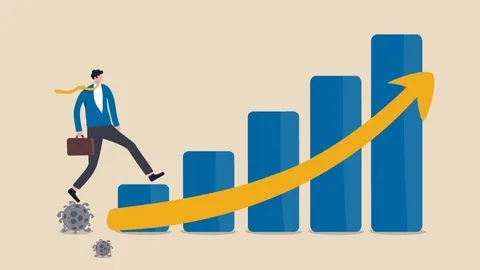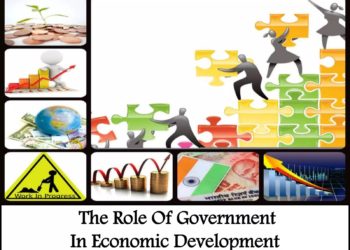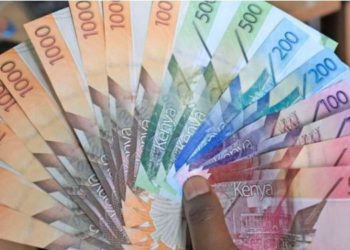The COVID 19 pandemic proved to be a significant hurdle for many economies in the world, Kenya in particular. The economy experienced a deep contraction of -0.3% in 2020 (KNBS 2021). As of 2025, the effects of the pandemic are still being felt in various sectors of the economy. Kenya’s economy has demonstrated great resilience in its post pandemic recovery through strategic fiscal and monetary policies, support for agriculture etc., despite challenges such as drought & inflation.
The present state of Kenya’s financial landscape indicates a mixture of post pandemic recovery efforts, fiscal reforms and sector transformations. As part of Kenya’s financial economy reforms, the government has promoted the growth of the financial sector through digital finance, financial inclusion and effective regulatory frameworks. Kenya is one of the major leaders in the promotion of fintech in its financial economy. With the accessibility of a wide range of mobile platforms, the fintech industry has experienced immense growth. Fintech innovations are driving financial inclusion and offering new opportunities for wider economic engagement. Also, there has been improvement on the regulatory frameworks i.e. the enactment of the Business Laws Amendment Act, effected on 27th December 2024, that brought all non-deposit-taking credit issuers under the regulation of CBK to enhance customer protection, and financial stability.
Kenya’s debt levels remain elevated with the debt to GDP ratio of 65.0% (Reuters, 2024). Both public and private debts remain a cause for concern on its sustainability by Kenya’s economy. The government of Kenya, has however requested a new funding program from the IMF (April 1 2025), after discontinuing the previous USD 3.6 billion arrangement, aiming to address mounting debt-servicing costs. With the ever-increasing public debt levels, Kenya might be at risk of defaulting and may face legal consequences. Kenya must address its budgetary challenges and aim for sustainable financing to stimulate economic growth.
The banking sector has proved some resilience over the post-pandemic period. It has remained relatively stable with adequate capital and liquidity. However, they are more cautious as banks are navigating a landscape with elevated credit risk, partly due to the pandemic’s economic impact. They are also adapting to the dynamic digital trends and collaborating with digital financing such as fintech, green tech etc. For example, the listed banks registered a yield on earning assets of 12.5% in FY ‘2024, proving resilience and an indication of robust financial health.
Furthermore, Kenya is making steps in green financing and other sustainability initiatives. Kenya is at the forefront of leveraging opportunities aimed at promoting environmental benefits and sustainability. The government has promoted the integration of financial activities with sustainable agriculture, renewable energy, and climate change adaptation, i.e. , issuance of green bonds to finance environmentally friendly projects. These efforts to develop the green finance ecosystem are expected to play an increasingly important role in the post-pandemic recovery and long-term economic development of Kenya.
Although Kenya’s financial economy is characterized by slower growth, ongoing debt challenges, and an increasing focus on regulation and sustainable finance. The COVID 19 pandemic acted as a catalyst for financial innovations such as the adoption of digital financial services and sustainable financing. These initiatives continue to shape the future of Kenya’s financial economy.


















